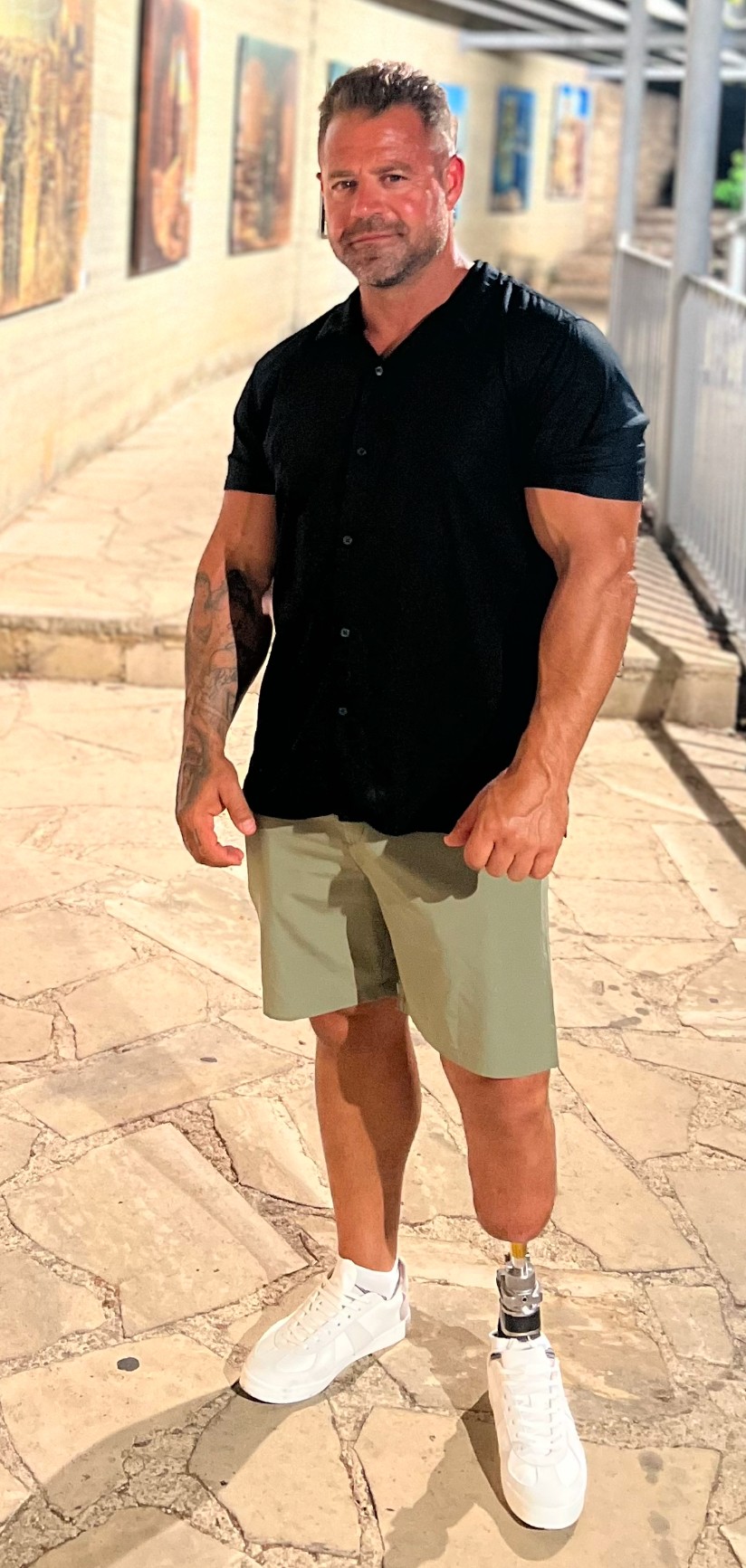At Cedars-Sinai, the medical center’s data science team fielded dozens of questions from administrators throughout the hospital-all looking for guidance as to what the coming weeks might bring.
How many patients with COVID-19 would need to be hospitalized at Cedars-Sinai Medical Center? Who would need treatment in the intensive care unit and require a ventilator? How long would patients stay? How much personal protective equipment (PPE) would the hospital use, and when would it need more?
To answer these questions, the data science team used a machine learning platform developed at Cedars-Sinai to predict staffing needs. Data scientists adjusted the platform’s algorithms to forecast data points related to the novel coronavirus. Now the platform tracks local hospitalization volumes and the rate of confirmed COVID-19 cases, running multiple forecasting models to help anticipate and prepare for increasing COVID-19 patient volumes with an 85%-95% degree of accuracy.
“Our goal is to have the capacity and the right care available every day to treat the patients who need us, which fluctuates on a daily basis,” said Michael Thompson, executive director of Enterprise Data Intelligence at Cedars-Sinai, which developed the platform and runs the forecasts. “We need to match that daily demand with the necessary resources: beds, staff, PPE and other supplies.”
Thompson said that the estimates his team provides enable managers to appropriately schedule employees, gauge how long current medical supplies will last and prepare for increases and decreases in hospitalized patients.
Originally, the data science team developed the platform to optimize the way care is provided at the hospital. They have analyzed thousands of data points-such as patient vital signs and length of stay-to predict the most effective treatments for patients, pinpoint which patients have a higher likelihood of being readmitted, and foretell which patients will be most satisfied with their hospital experience.
Even if you’ve never been to a hospital, you’ve likely encountered predictive analytics similar to the ones that Thompson and his team are applying to patient healthcare needs. They are an unseen aspect of our everyday lives that impact the way you drive, shop, vote, communicate and even watch TV.
For example, when Netflix recommends a movie you might like, it uses the same underlying algorithms that help the medical center estimate the likelihood that patients will take their prescribed medications after returning home. When Google Maps analyzes traffic to recommend your best driving route, it’s using the same underlying algorithm that the medical center has employed to estimate patient care plans and disease progression.
Because the medical center’s platform uses machine learning, it can automatically learn from its own mistakes and get “smarter,” Thompson said.
“If it predicts that tomorrow we’ll have 100 COVID-19 patients, but that actual number turns out to be 90, then the platform automatically goes back and tries to relearn what changed to cause the outcome to be different,” Thompson said. “The platform hones its ability to recognize patterns and becomes smarter every day.”
Original post https://alertarticles.info



